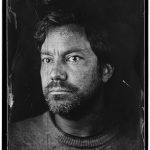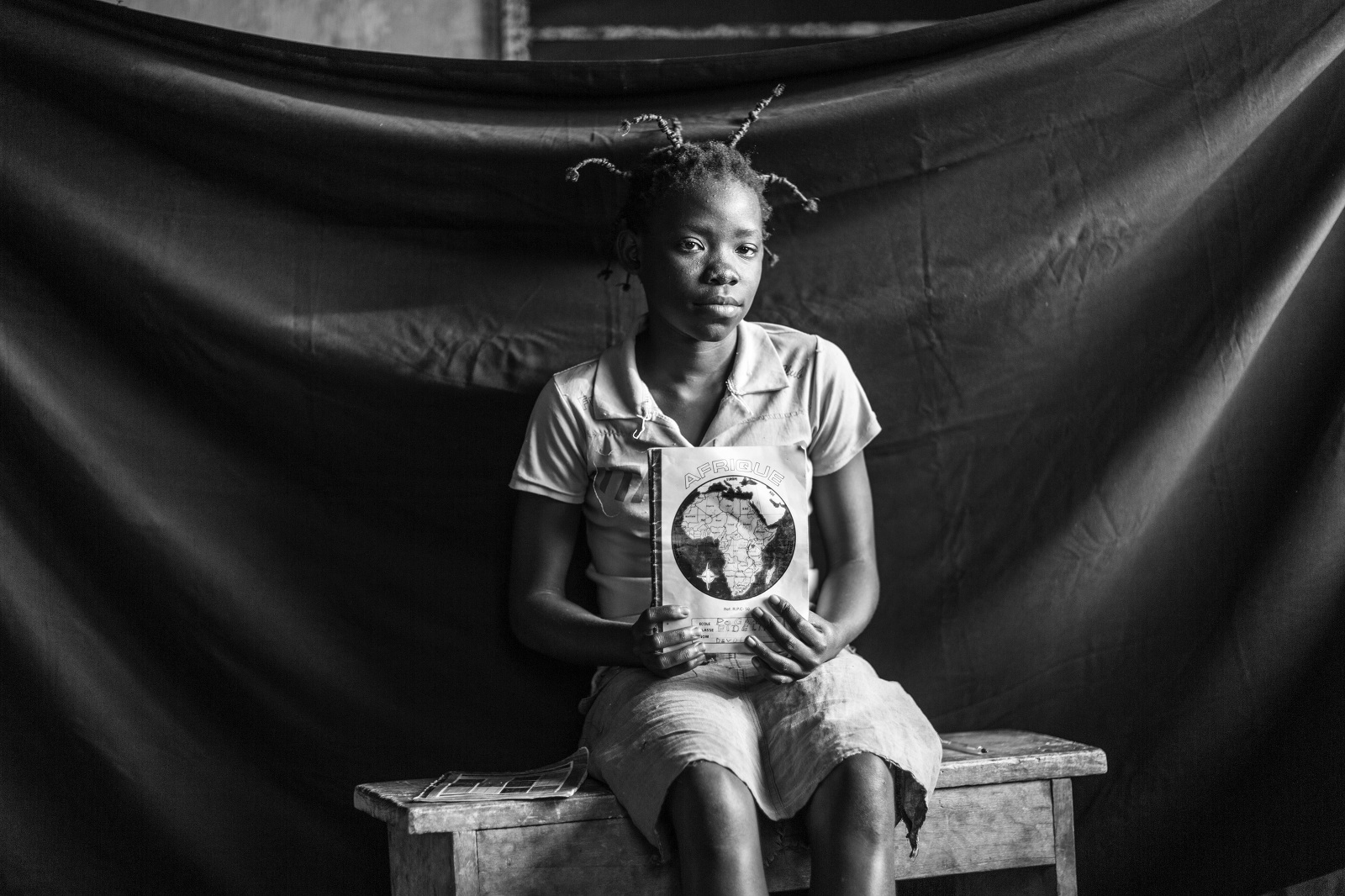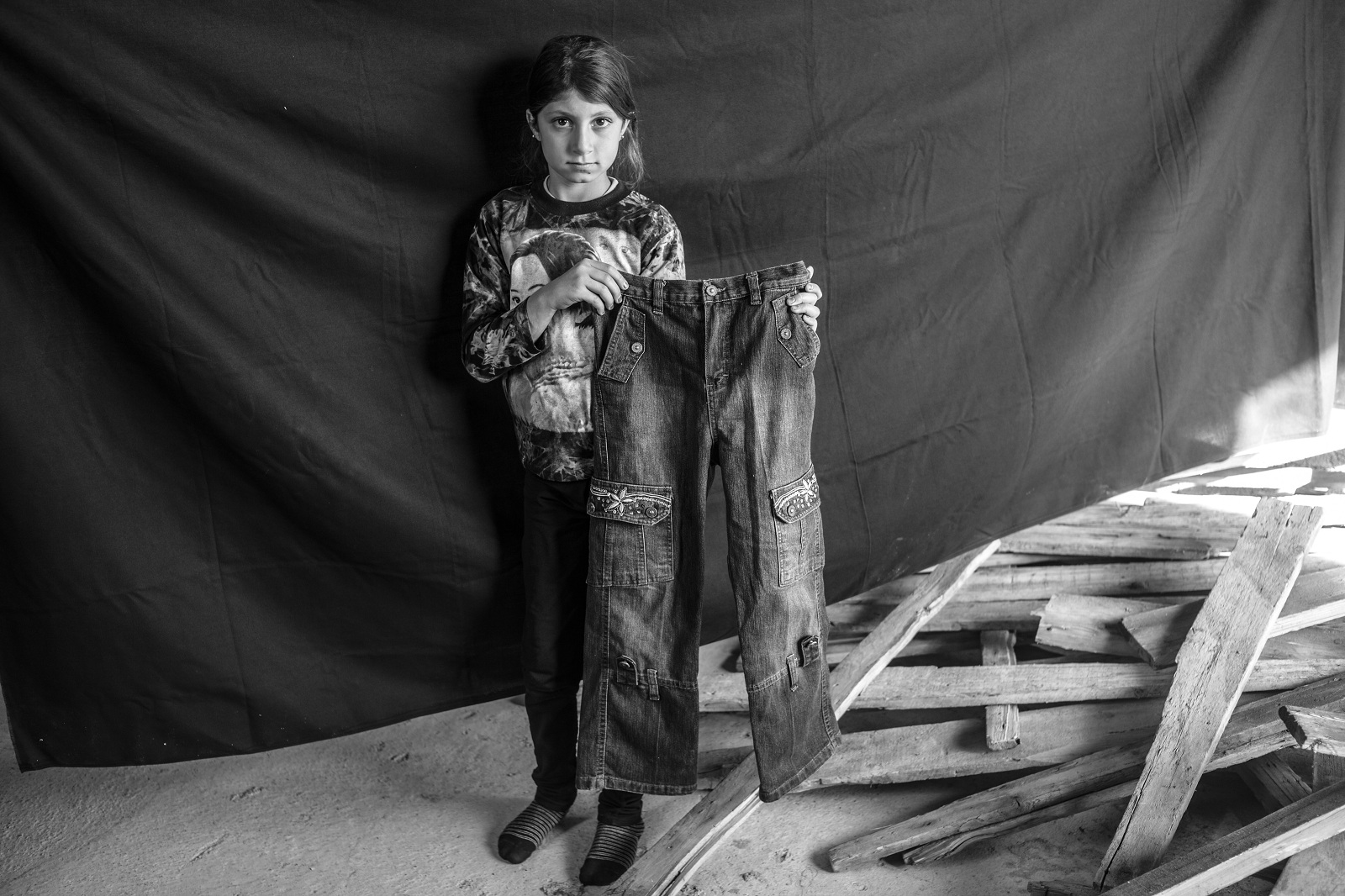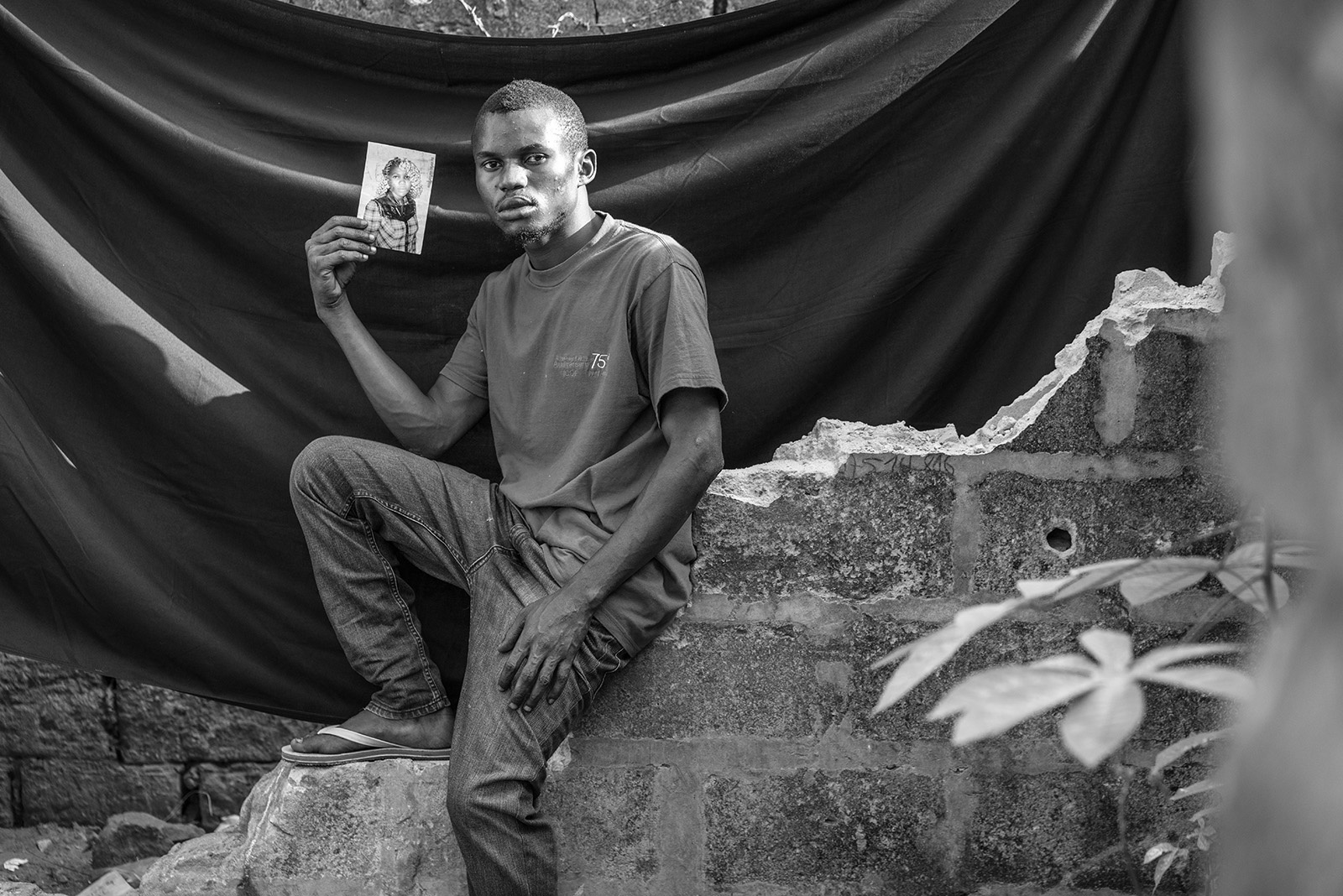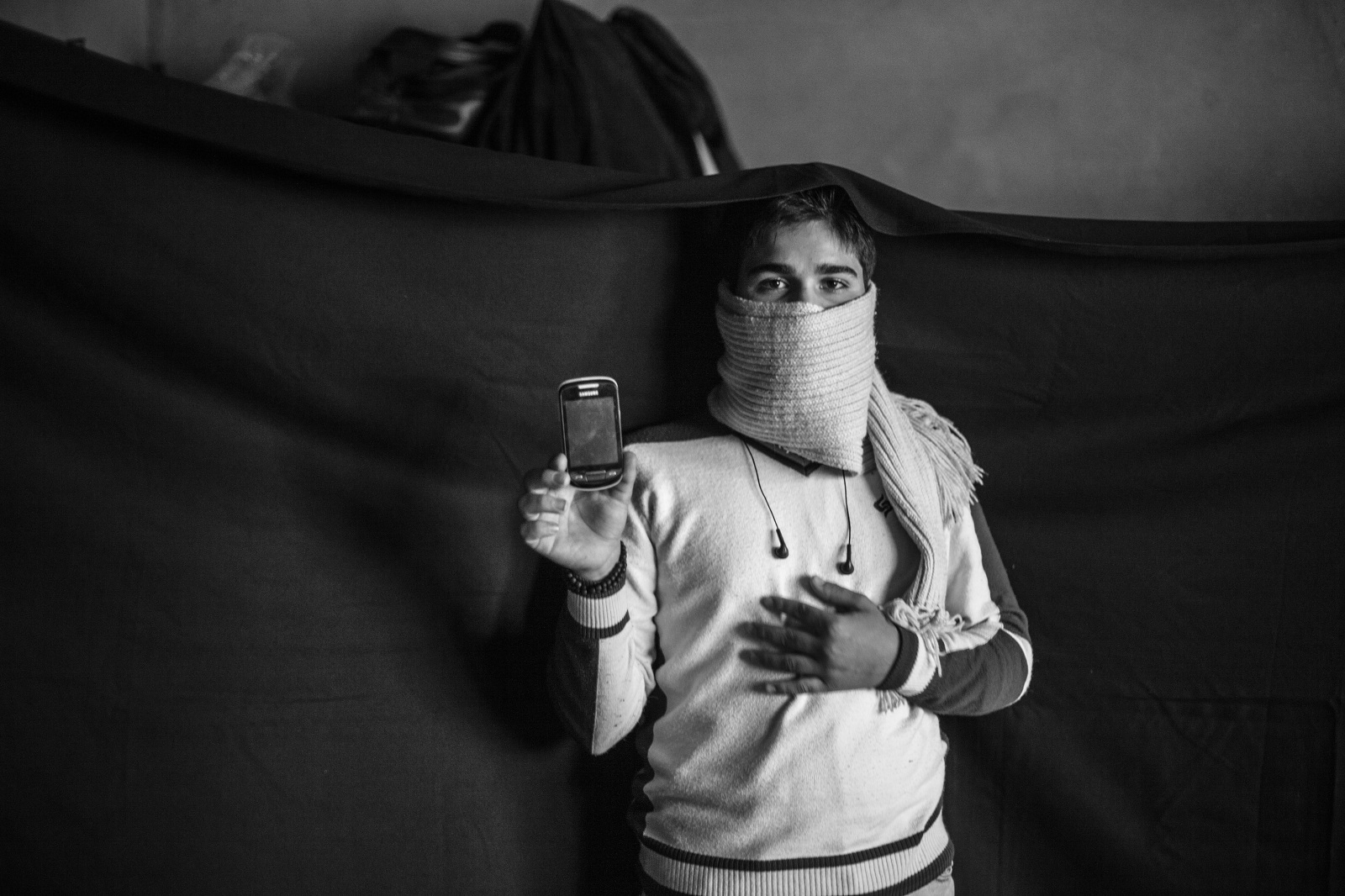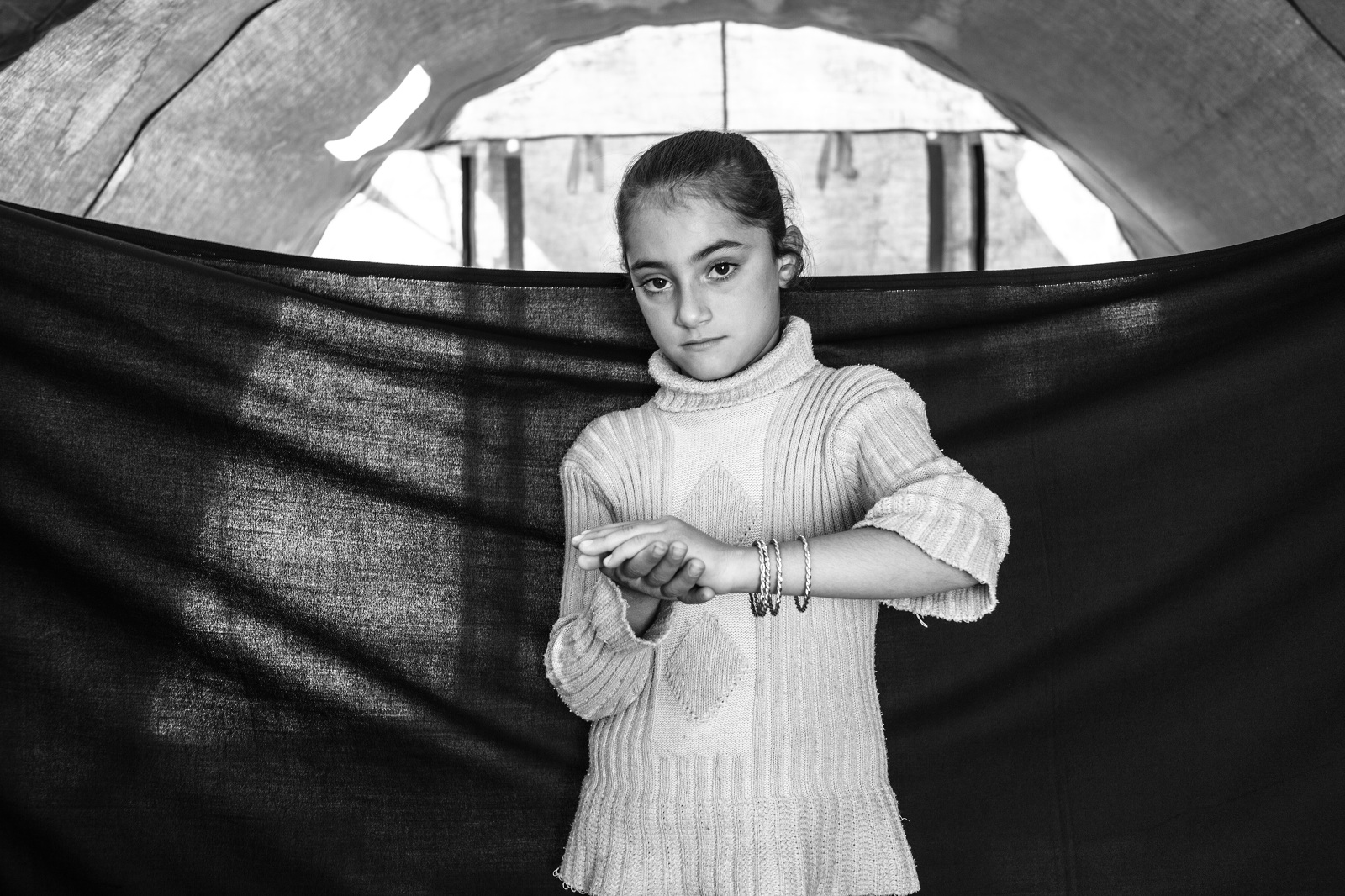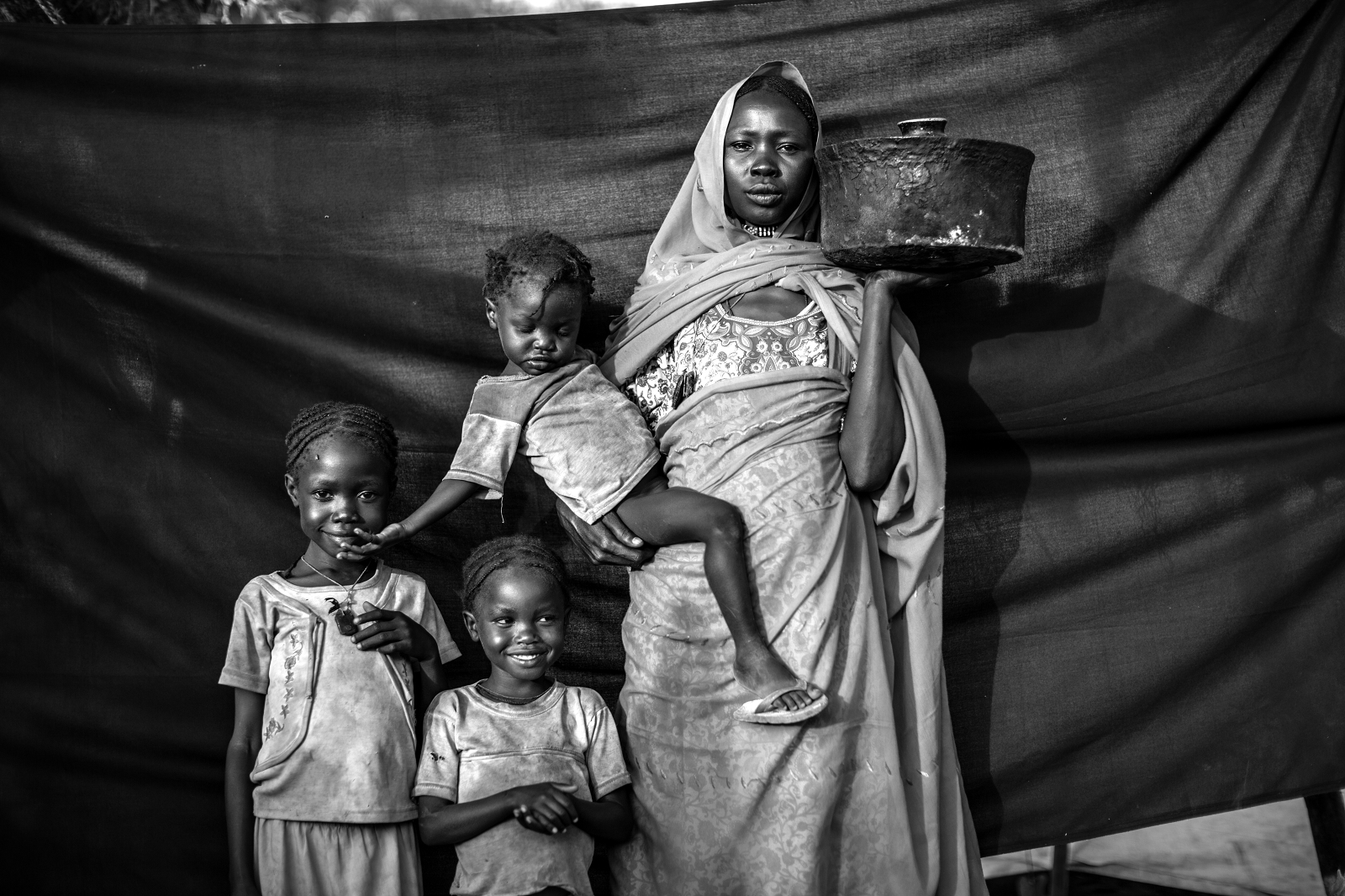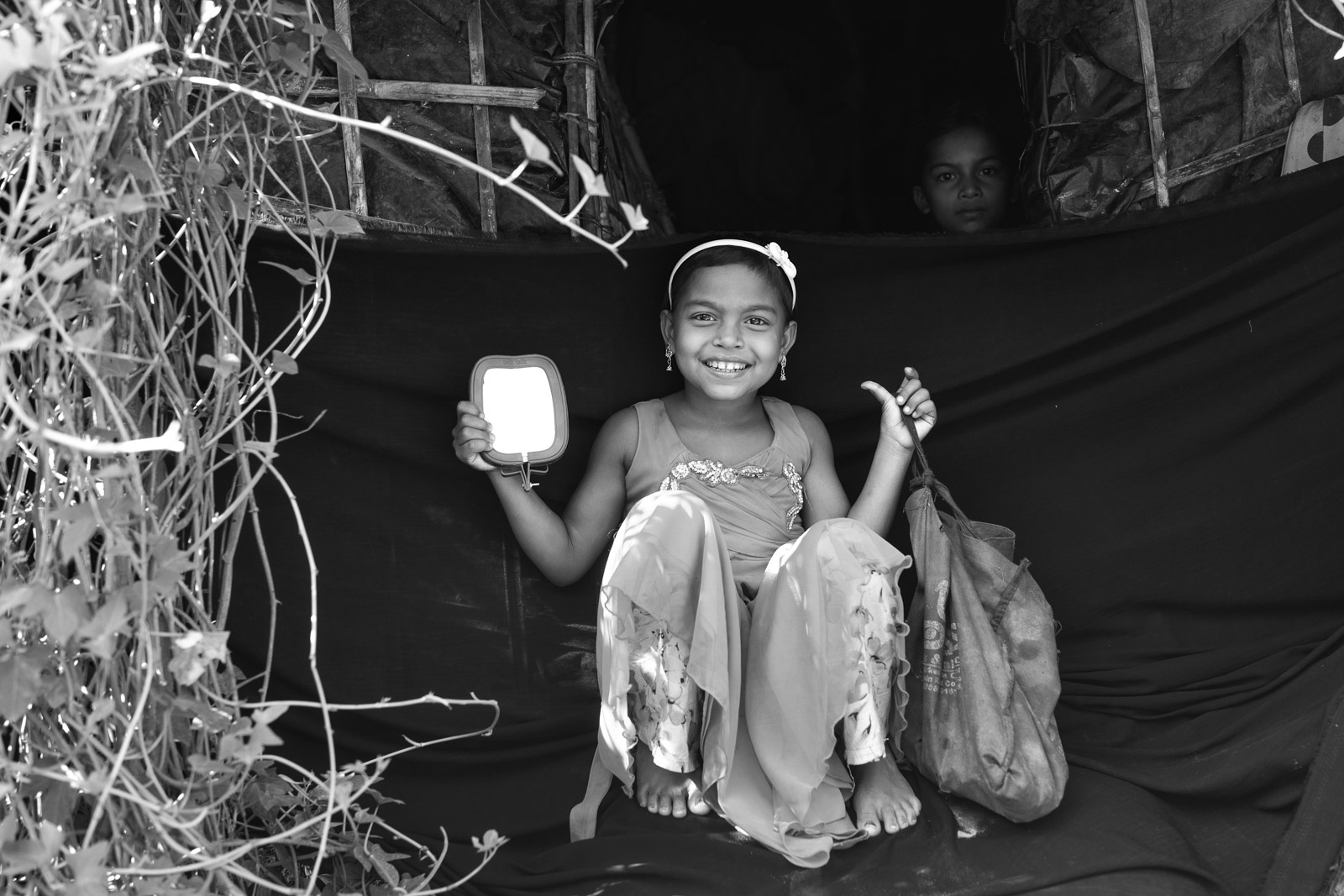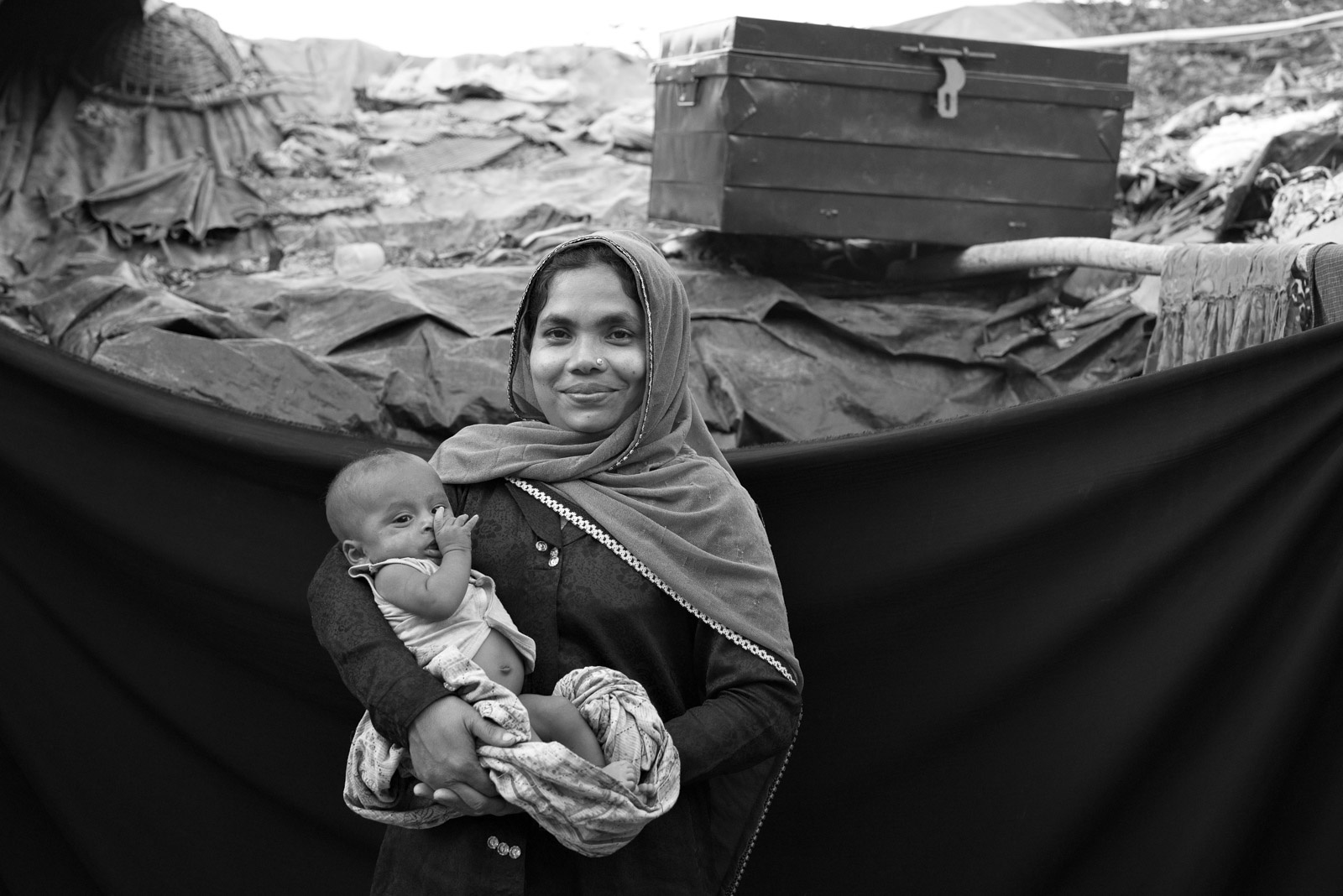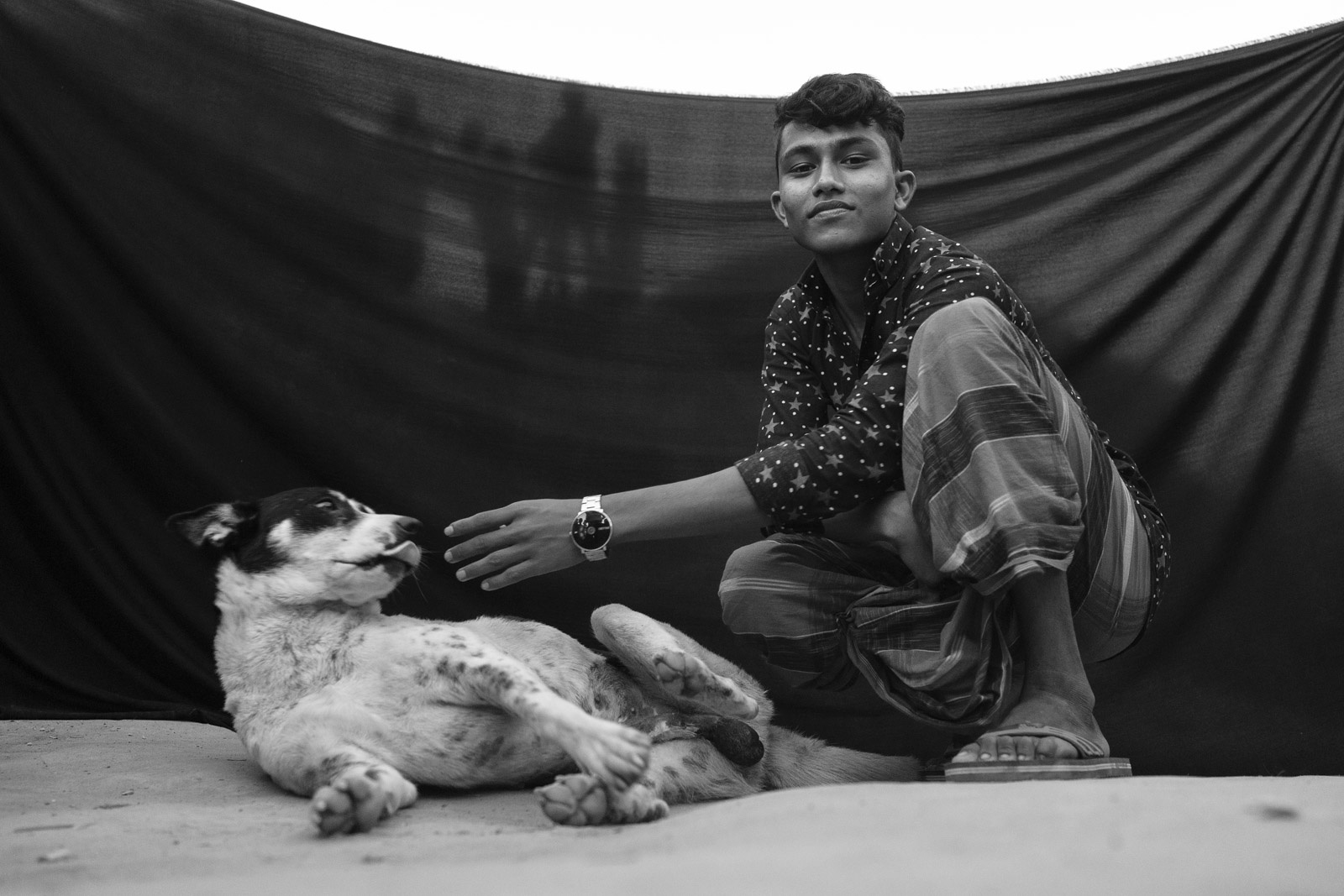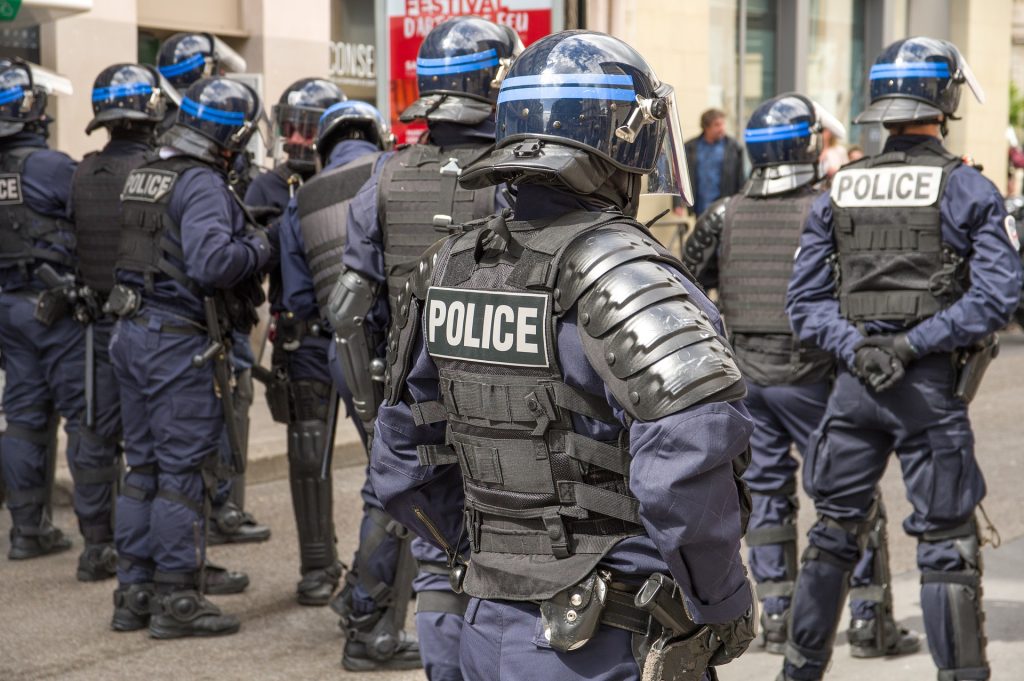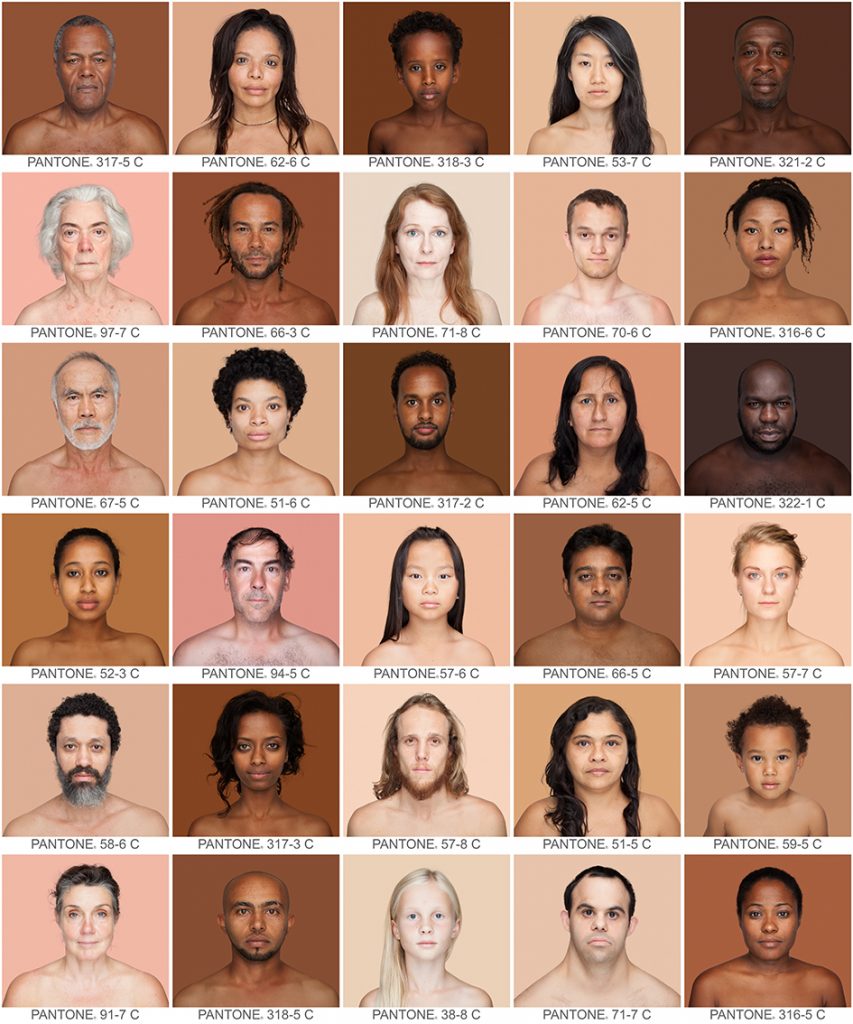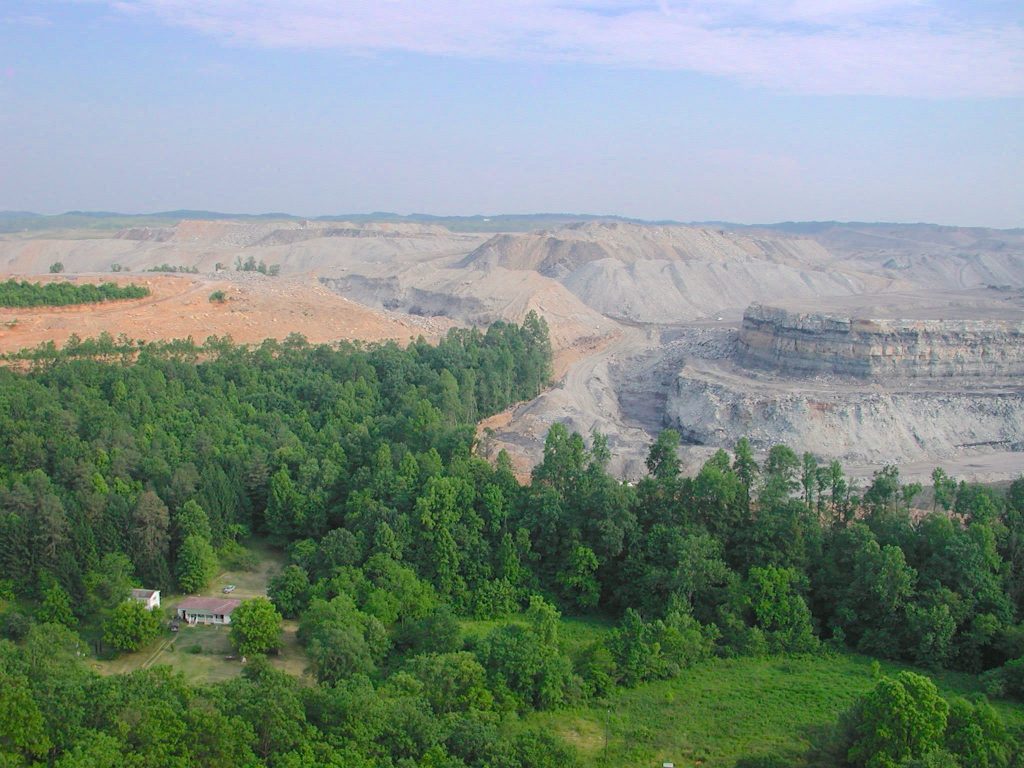The Most Important Thing
An artist, photographer, and author, Brian Sokol is dedicated to documenting human rights issues and humanitarian crises worldwide. Since 2012, Sokol has focused on telling the stories of refugees, Internally Displaced Persons (IDPs), and stateless people in Africa, Asia, the Middle East and Latin America. The Most Important Thing—his ongoing, long-term portraiture project—seeks to humanize and convey the dignity of individuals who have been dehumanized by conflict, government policies, and the media. This project documents first-hand testimonies from refugees, forced to flee their homes, about items they took with them. Sokol’s goal is to engender empathy and action in audiences across the lines of language, race, religion, and culture.
Brian’s work appears in publications including TIME, The New York Times and The Wall Street Journal. He has exhibited on 5 continents and in both the New York and Geneva headquarters of the United Nations. A former Himalayan guide and wilderness ranger, Brian is happiest when at extreme altitude or latitude; he initially came to photography through a passion for high, remote places. He frequently works on various themes related to displacement, perhaps owing to the fact that he’s lived abroad for 20 years and feels himself more a citizen of the world than of any particular country.
Featured Image:
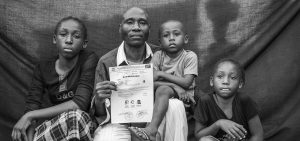
Since the day Sebastiao Manuel Garcia arrived in Congo in 1978, he has never set foot in his native Angola. A former soldier, he fled Angola when he learned his life was in danger. Unable to return to Angola due to fear of violence, he still considers it home. If he were again forced to flee for his life, the most important thing to him and his family is the Billet de Composition Familiale document. “This is a testimony that I am a refugee,” he says. “Without it, I could be arrested. Without this, my children could be expelled from here, or their mother would take them and they would become Congolese. This document proves that my children are Angolan.”
Humanizing the refugee crisis | Brian Sokol | TEDxSanDiego
There are more that 65 million people in the world today who are displaced from their homes due to conflict and persecution—more than at any time in human history. As a photographer who spent time in refugee camps and met the people who were forced from their homes, Brian Sokol underwent a personal transformation in understanding their stories, their dreams, and their humanity. It’s time we challenged our beliefs and preconceptions about the refugee crisis. This talk was given at a TEDx event using the TED conference format but independently organized by a local community. Learn more at www.ted.com/tedx
The Most Important Thing has been adapted into performance art featuring celebrities and projected at the Cannes Film Festival. Cate Blanchett performs the poem ‘What They Took With Them’ alongside fellow actors Keira Knightley, Juliet Stevenson, Peter Capaldi, Stanley Tucci, Chiwetel Ejiofor, Kit Harington, Douglas Booth, Jesse Eisenberg, and Neil Gaiman. The poem, written by Jenifer Toksvig, made in collaboration with UNHCR. features many of Brian’s photos, along with firsthand accounts from the refugees he photographed. The film urges people to sign the #WithRefugees petition to help ensure refugees have the basics to rebuild their lives—an education, somewhere safe to live, and the opportunity to work. Stand #WithRefugees, sign the petition: www.withrefugees.org.
Video courtesy UNHCR, the UN Refugee Agency
The Gallery
In 2013, when Seleka rebels arrived in Fideline’s village, her family hoped that they would be able to stay in Moungoumba and peacefully coexist with the armed men. A week later, this proved impossible. Fideline and other children were playing near the river when Seleka forces got into an argument with a Central African businessman. When the man refused to give his money to the gunmen, they dragged him to the village center. Fideline and her friends watched as they tied his arms behind his back, threw him facedown to the ground, and shot him twice in the back. Fideline’s father immediately decided that they had to leave.
The most important thing that Fideline was able to leave her home with are her notebooks. An excellent student, Fideline one day hopes to be a minister in her country’s government. “I couldn’t take my school bag, my shoes, or the colored ribbons for my hair,” she recalls, “but I did bring my notebooks and my pen.” Holding her history, homework, and practice books—all of which bear an image of the African continent on their covers—she says, “We have suffered so much. My father is out of work, and my mother goes to the fields all day. I want to study so that I can become someone. I want to study.”
Leila*, 9, poses for a portrait in the urban structure where she and her family are taking shelter in Erbil, in the Kurdistan Region of Iraq. Together with her four sisters, mother, father, and grandmother, Leila arrived in Erbil five days before this photograph was taken, after fleeing their home in Deir ez-Zor, Syria. Her family is one of four living in an uninsulated, partially-constructed home; there are about 30 people sharing the cold, drafty space. Leila recalls explosions all around them for days, but the family finally decided to leave Deir ez-Zor when their neighbors’ house was hit, killing everyone inside.
The most important thing Leila was able to bring with her are the jeans she holds in this photograph. “I went shopping with my parents one day and looked for hours without finding anything I liked. But when I saw these, I knew instantly that these were perfect because they have a flower on them, and I love flowers.” She has only worn the jeans three times, all in Syria—twice to wedding parties and once when she went to visit her grandfather. She says she won’t wear them again until she attends another wedding, and she hopes it, too, will be in Syria.
*Name changed for protection purposes.
One morning in 1992, Mayengo Kabamba and his father were outside cooking while his mother and sisters were working in the fields. Several men carrying machetes arrived, dragged his father inside and murdered him, then forced Kabamba to sit in a pan of searing oil, at which point he lost consciousness. When he came to, he was in his mother’s arms as she fled with his eight siblings.
Twenty-two years later, the situation is very different in Angola. Much of his family has returned home. Kabamba, still physically and emotionally scarred by his experience, says “Personally, I don’t want to go back. But I can’t survive here alone, and all my family are returning.”
The most important thing that Kabamba will bring with him is a photograph of his pregnant girlfriend, who he will have to leave behind for now. “She can’t go with me because we aren’t married yet, and she can’t be listed as a family member. In the culture here, you can’t marry a pregnant girl. We have to wait until after the birth to begin the marriage process.”
Yusuf* poses for a portrait in an urban structure in the Bekaa Valley of Lebanon on December 12, 2012. He and his family fled their home in Damascus, the Syrian capital, several months before this photograph was taken.
The most important thing Yusuf was able to bring when he fled Syria is his mobile phone. “With this, I’m able to call my father. We’re close enough to Syria here that I can catch a signal from the Syrian towers sometimes, and then it is a local call to call home from Lebanon.” The phone also holds photographs of family members who are still in Syria, which he is able to keep with him at all times.
*Name changed for protection purposes.
May*, 8, poses for a portrait in Domiz refugee camp in the Kurdistan Region of Iraq on November 16, 2012. She and her family arrived in Domiz about one month before this photograph was taken, having fled their home in Damascus. They escaped on a bus at night, and May recalls crying for hours as they left the city behind. After traveling more than 800 kilometres, they made the final crossing into Iraq on foot. May wept again as they followed a rough trail in the cold, while her mother carried her two-year-old baby brother.
Since arriving in Domiz, she has had recurring nightmares in which her father is violently killed. She is now attending school, and says she finally feels safe. May hopes to be a photographer when she grows up. “I want to take pictures of happy children, because they are innocent, and my pictures will make them even more happy,” she says.
The most important thing she was able to bring with her when she left home is a set of bracelets. “The bracelets aren’t my favourite things,” she says; “my doll Nancy is.” May’s aunt gave her the doll on her sixth birthday. “She reminded me of that day, the cake I had, and how safe I felt then when my whole family was together.” The night they fled Damascus, May’s mother put Nancy on her bed where she wouldn’t be forgotten. But in the rush that ensued, Nancy was somehow left behind. May says these bracelets are the next-best thing to having her in Iraq.
*Name change for protection purposes.


